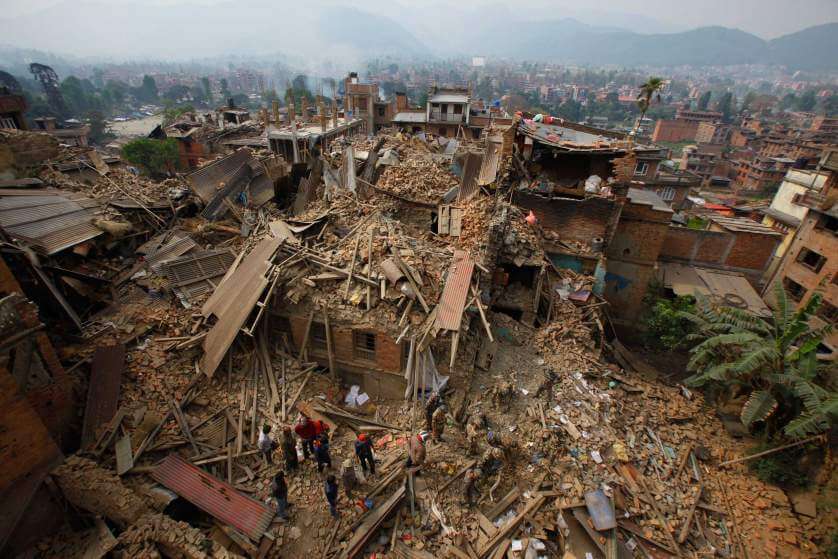The Center for Global Change has organized an emergency relief trip to Nepal to deliver equipment and supplies to the area that was recently devastated by an 8.1 magnitude earthquake that killed more than 8,800 people, injured more than 23,000, and left hundreds of thousands more without homes and without the basic necessities for survival. It’s difficult to verbally express how terrible this situation is, but fortunately the Center for Global Change, the Red Cross, and many other organizations are heeding the call for help.
While Kathmandu, which was very near the epicenter, suffered, it’s the rural areas that were hit hardest. Poor villages that lacked the infrastructure to withstand such a disaster naturally crumbled when shook to such a degree. People may remember the discussion of Haiti’s infrastructure after the devastating earthquake that ravaged the country in 2010. A CNN article on this topic from that time was titled, “Haiti was a ‘catastrophe waiting to happen.’” Unfortunately the catastrophe did happen, and now a similar one has happened again. Regrettably, the potential for history to repeat itself continues to be all too present in the word, with those already struggling in the poorest cities on our planet the most vulnerable.
Development of strong infrastructure in impoverished cities that can at the very least temper devastation and the human toll from disasters is, obviously, a long term project. But it is worth remembering that, while the efforts of aid organizations in the aftermath of disasters is incredibly admirable, only sustained efforts will be able to help our global community in the long run.

